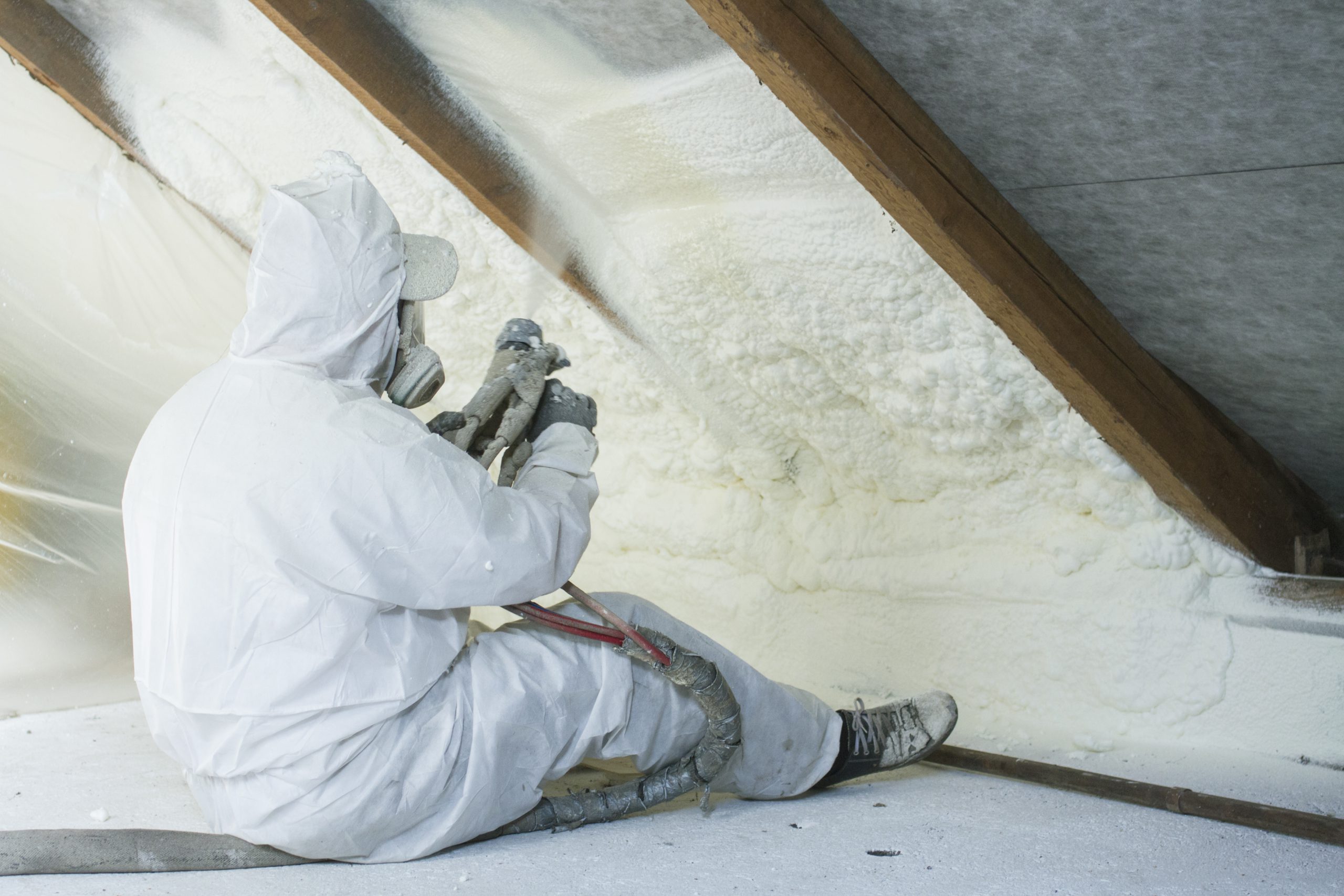PUR foam - always gets where it needs to be
Insulating a house is extremely labor-intensive, especially troublesome when it has a complicated structure, e.g. an attic with lots of hard-to-reach nooks and crannies. Laying polystyrene or wool is often also unprofitable due to the necessity of cutting and matching the pieces and large material consumption. In such a case, the only logical and worthwhile solution is to insulate these places with sprayed PUR foam, i.e. foamed polyurethane. There are two types of it:
- open-cell, with a sponge-like structure, having good thermal insulation properties and at the same time allowing the wall to breathe, preventing the accumulation of moisture on it
- closed-cell, harder with a closed structure, most often used for thermal insulation of external walls.
PUR foam is applied by means of flexible pipes connected to the generating unit, and after spraying, it immediately increases its volume and hardens. In this way, you can reach any place in the building, especially its attic, even the one with a lot of slants. It is not only an excellent protection against moisture or cold, it also guarantees equally high acoustic damping, and the most serious disadvantage is the high price of the insulation and lower durability than polystyrene and mineral wool.
Advantages
We’ll start with the advantages. You must know that the efficiency of the application and perfect filling of even the smallest gaps are not the only advantages of this material. The advantage of polyurethane foam is also the possibility of its use in a wide temperature range, as well as providing acoustic insulation. The product does not react with other building materials and is vapor permeable. The advantage is also the ease of transport and the preservation of parameters for many years.
When talking about the thermal insulation of buildings, the issue of mold and fungus often arises. Persistent and detrimental to health eruptions appear where there is excessive moisture – for example, from condensed water vapor. Does this problem also apply to walls covered with polyurethane foam? Fortunately, this material is resistant to both mold and fungus. What’s more, rodents also do not “like” it – you do not have to worry that they will destroy the insulation coating when you invest in insulating your home with polyurethane foam.
Disadvantages
As you can see, the list of the advantages of the material is quite large. Which does not mean that the ideal solution is insulation with polyurethane foam. The disadvantages of the product (although there are much less of them) can also be distinguished. What weak points should you know about? Although the preparation does not deteriorate with time, it is adversely affected by UV rays – it must be protected against the sun. How to do it? For example, paint with the appropriate paint. It is also worth mentioning the fire resistance of polyurethane foam – this material is classified as flammable, self-extinguishing.

